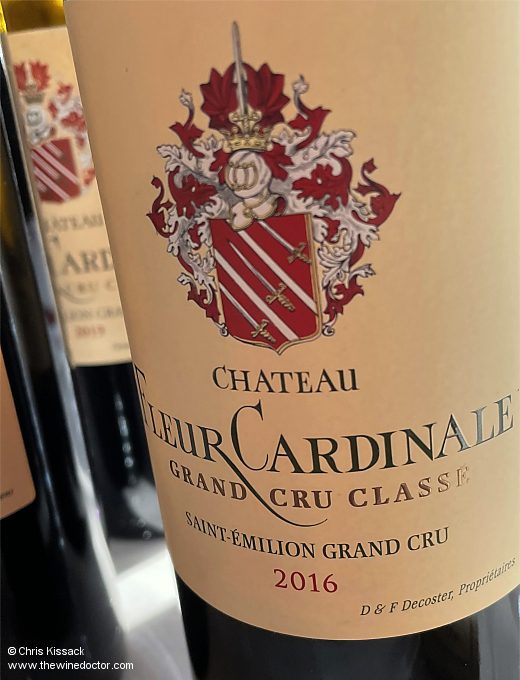St Emilion Grand Cru Classé, 2022: Older Vintages
There was nothing too challenging about tasting my way through the 25 young wines from St Emilion which I described in my recent 2019 St Emilion Grand Cru Classé report. It is a vintage characterised by ripe fruit and a certain sense of freshness. A more sensitive approach to picking and extraction has imbued the wines with modest textures and restrained tannic structures, thus they are (largely) very different beasts to the over-worked wines the appellation was renowned for ten or fifteen years ago. Sure, many of them have rather high alcohol levels, 14.5% in many cases and 15% in a handful, but this is largely the impact of climate change rather than winemaking decisions. There is a difference between a wine which reflects the modern climate, and a wine which reflects questionable and now arguably outdated winemaking decisions.
Enjoyable is it was, it was nevertheless pleasurable to move on to look at the companion wines which hailed in the majority of cases from more mature vintages. Putting to one side the wine of one proprietor who decided to bring his 2020, the vintages on show ranged from 2018 back to 2007. Unsurprisingly many opted to bring one of the two most successful recent vintages with 2016 and 2018 prevalent on the day. But there were also examples of 2017, 2015, 2012, 2009 and 2007. And, unlike one St Emilion tasting I attended a year or so ago, nobody brought a 2013. Good decision!
In this report I present my notes on these 25 (largely) more mature wines, arranged according to the vintage.
The Wines
The wines of 2018 are characterised by the ripe fruit of a warm vintage, and the best wines wrap this up with a rich bed of appropriately extracted tannins (emphasis on the word appropriately, there) and good texture. Two wines stood out on this occasion, and I am quite sure it is no accident that one of these properties also made one of the best 2019s. The 2018 Château de Pressac impressed with its brooding black fruit, while the 2018 Château La Tour Figeac showed a rather more fragrant and precisely drawn style, reflecting the greater reliance on Cabernet Franc in the blend here.

